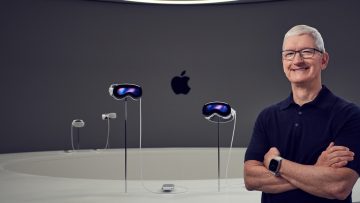Even Tesla has been surprised by just how popular its Model 3 has been. With around 400,000 preorders, Tesla recently adopted a new production plan that would see it manufacture half a million vehicles a year in 2018, or two years faster than initial projections. Tesla also set an internal deadline for producing the Model 3, one that it confirmed it won’t be able to meet. As Tesla said, Model 3 production will actually depend on a lot of factors, many outside its reach.
And in a recently filed SEC document, Tesla went into further details about the challenges it will face when producing the Model 3.
DON’T MISS: The iPhone 7 might not be the iPhone you’re waiting for
Seen by Electrek, the SEC filing explains to investors that Tesla’s plan to manufacture the Model 3 relies on a few assumptions. First and foremost, Tesla needs to ensure that the Gigafactory can start production of Li-ion battery cells for the Model 3 on time. On top of that, Tesla is also working on establishing a reliable supply chain for Model 3 production and on hiring personnel to oversee production.
Tesla’s assumptions presented in the SEC filing follow below, as listed by Electrek:
- that we will be able to develop, build and equip a new dedicated final assembly line for high volume production of Model 3 at the Tesla Factory without exceeding our projected costs and on our projected timeline;
- that we will be able to build and bring online the Gigafactory in a timely manner to produce high volumes of quality lithium-ion cells and integrate such cells into finished battery packs for the Model 3, all at costs that allow us to sell the Model 3 at our target gross margins;
- that the equipment which we select and install for Model 3 production will be able to accurately manufacture high volumes of Model 3 vehicles within specified design tolerances and with high quality;
- that we will be able to engage suppliers for the necessary components on terms and conditions acceptable to us and that we will be able to obtain components on a timely basis and in the necessary quantities to support high volume production;
- that we will be able to complete our design and engineering plans for Model 3 and deliver final component designs to our suppliers in a timely manner; and
- that we will be able to attract, recruit, hire and train skilled employees, including employees on the production line, to operate our planned high volume Model 3 production facilities at the Tesla Factory and the Gigafactory.








